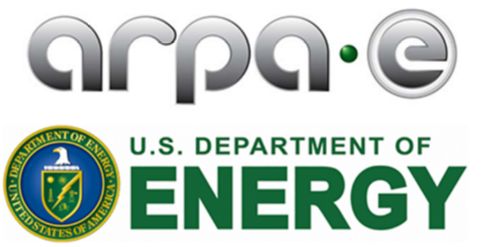In my previous three-part post, I covered the ten new projects receiving grants from the U.S. Department of Energy's Advanced Research Projects Administration-Energy (ARPA-E). These grants are for the purpose of developing advanced nuclear power reactor technologies.
Rachael Slaybaugh is a professor of nuclear engineering at the University of California – Berkley who is overseeing the ARPA-E grants. She said, "The nuclear industry in the last few years has started gaining a lot of momentum in advanced reactor technology. The space has become active and it was ripe for trying to bootstrap it. These projects have too much technical risk for the private sector to pick up. We are trying to de-risk it.”
In 2005, Congressional leaders asked the National Academies to "identify the most urgent challenges the U.S. faces in maintaining leadership in key areas of science and technology." They wanted specific steps that Congress could take to “help U.S. compete, prosper, and stay secure in the 21st Century.”
The National Academies came back with their report titled Rising Above the Gathering Storm: Energizing and Employing America for a Brighter Economic Future. In the report, they called for decisive action to stimulate innovation and develop clear, affordable and reliable energy sources for the United States. They warned Congress that U.S. advantages in science and technology were eroding. Their report recommended that Congress establish an Advanced Research Projects Agency that would similar to Defense Advanced Research Projects Agency (DARPA) at the Pentagon.
In 2007, Congress passed and President George W. Bush signed the America COMPETES Act into law. The Act officially authorized the creation of ARPA-E. In 2009, Congress provided the first appropriation of four hundred million dollars to AFPA-E to fund its first projects.
In 2011, the America COMPETES Reauthorization Act was passed which made additional changes to the structure of ARPA-E. Among the provisions of the Reauthorization Act, were the following recommendations to ARPA-E about how to achieve its goals:
1. Identifying and promoting revolutionary advances in fundamental and applied sciences;
2. Translating scientific discoveries and cutting-edge inventions into technological innovations; and
3. Accelerating transformational technological advances in areas that industry by itself is not likely to undertake because of technical and financial uncertainty.
ARPA-E has four objectives:
1. To bring a freshness, excitement, and sense of mission to energy research that will attract the U.S.'s best and brightest minds;
2. To focus on creative, transformation energy research that the industry cannot, or will not support due to its high risk, but that has high reward potential;
3. To utilize an ARPA-like organization that is flat, nimble, and sparse, capable of sustaining for long periods of time those projects whose promise remains real, while phasing out programs that do not prove to be as promising as anticipated; and
4. To create a new tool to bridge the gap between basic energy research and development/industrial innovation.
Since its beginning in 2009, ARPA-E has spent almost two billion dollars to fund six hundred and sixty potentially transformational energy technology projects. ARPA-E has analyzed and catalogued some of its most successful projects in what it calls “impact sheets.” The first volume of impact sheets was published in 2016 with two more to follow in 2017 and 2018.
In the fiscal 2018 budget released by the Trump administration, there was a call for the elimination of ARPA-E. The administration said that the private sector has the “primary role in taking risks to commercialize breakthrough energy technologies with real market potential." The Trump fiscal 2019 budget contained a provision to close ARPA-E by mid-2020. However, Congress does not agree with the Trump administration and they raised allocations for ARPA-E this spring.
